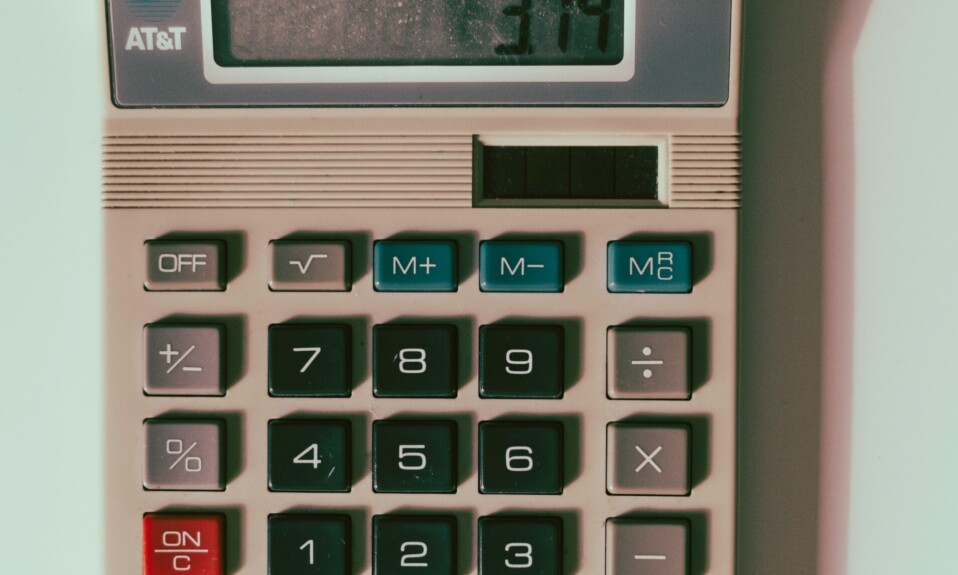Problem 1
Calculate how much of a “unit” of sunlight the panel absorbs at three different times along the sun’s path.
Panel Vectorp=⟨ 7, −3⟩
u1=⟨−0.38, −0.92⟩
u2=⟨−0.5, − 0.87⟩
u3=⟨−0.7, −0.7⟩
For u1= ⟨−0.38, −0.92⟩
u1⋅p= (−0.38) ⋅7+(−0.92) ⋅ (−3) u1⋅p= (−2.66) + (2.76) = 0.10
u2=⟨−0.5, −0.87
p= (−0.5) ⋅7+ (−0.87) ⋅ (−3)
p= (−3.5) + (2.61) =−0.89
=⟨−0.7, − 0.7⟩\
= (−0.7) ⋅7+(−0.7) ⋅ (−3) (−4.9)+(2.1)=−2.80
Summary of Dot Products
- u1⋅p=0.10
- u2⋅p=−0.89
- u3⋅p=−2.80
vector u1, which is <-0.38, -0.92>, has the highest dot product, at -0.38. This implies that a rotation aligning the panel with this vector, corresponding to a 25% rotation, will yield the most sunlight reception.
Justification for Maximum Sunlight Absorption
The amount of sunlight the panel absorbs is related to the cosine of the angle between the sun ray vector and the normal vector “u.” Cosine (theta) = (Sun Ray Vector) • (Normal Vector “u”) / ||Sun Ray Vector|| * ||Normal Vector “u”||.
When the sun ray strikes perpendicularly (like Sun Ray 1), the angle (theta) is close to 0 degrees, and cosine (theta) approaches 1. This signifies maximum absorption (close to one unit).
- As the angle increases (like Sun Ray 2), cosine (theta) decreases, resulting in less sunlight absorption (less than one unit).
- When the sun ray grazes the panel (like Sun Ray 3), the angle approaches 90 degrees, and cosine (theta) approaches 0. This indicates minimal sunlight absorption (minimal).
T
Task 2-Problem 2
Distance between (1, 1, 9) and (x, y, 6):
d1 = sqrt ((1 – x)^2 + (1 – y)^2 + (9 – 6)^2)
Distance between (-1, 1, 8) and (x, y, 6):
d2 = sqrt((1 + x)^2 + (1 – y)^2 + (8 – 6)^2)
Distance between (1, -1, 10) and (x, y, 6):
d3 = sqrt((1 – x)^2 + (-1 – y)^2 + (10 – 6)^2)
Since we want all cables to have the same length, we set these distances equal to each other:
d1 = d2
d1 = d3
Setting Distances Equal
- d1 = d2: This expands to (1 – x)^2 + (1 – y)^2 = (1 + x)^2 + (1 – y)^2. The (1 – y)^2 terms cancel out.
- d1 = d3: This expands to (1 – x)^2 + (1 – y)^2 = (1 – x)^2 + (-1 – y)^2. Again, (1 – x)^2 terms cancel out.
(x, y) = (0, 0).
Stoplight Location
Knowing (x, y) = (0, 0) and the stoplight’s z-coordinate is fixed at 6, the final stoplight location that minimizes cable tension is:(0, 0, 6)
Task 3
Force exerted by her back at 100% rotation (F1): 539N
For the “Improper Technique” at 30% rotation
The force exerted by her back at 30% rotation(F2): 294N
To calculate the work done during the lifting motion from 0% to 100% rotation in the “Improper Technique,” we need to use the work formula: Work = Force × Distance
Given
|F1|=539N
|r1|=0.61m
|F2|=294N
|r2|=0.72m
Work done during the lifting motion:
(a) for the first segment (0% to 30% rotation)
Work1 =
F2×Distance1
W1W1W1=F2×|r2|=294N×0.72m=211.68J
(b) for the second segment (30% to 100% rotation)
Work2 =
F2×Distance2
W2W2W2=F1×|r1|=539N×0.61m=328.79J
Total work done,
Total work =W1+W2
Total work =211.68+328.79
Total work =540.47 Joules
The total work done during the lifting motion, Total work =540.47 Joules. Therefore, the total work done during the lifting motion in the “Improper Technique” is 540.47 Joules.









